This is one in a series of posts on the Fujifilm GFX 100S. You should be able to find all the posts about that camera in the Category List on the right sidebar, below the Articles widget. There’s a drop-down menu there that you can use to get to all the posts in this series; just look for “GFX 100S”.
In the past, the steppers used in sensor photolithography couldn’t cover a 24×36 mm area, and full frame sensors were often stitched using two exposures per sensor during each photolithography step. Because of a discussion on another forum, I decided to take a look.
I took the lens off a GFX 100S, set the ISO to 100, the ES speed to 1/250 second, and banged off 32 exposures. I took one of them into RawDigger, and exported it as a raw composite TIFF. I brought it into Matlab, did a histogram equalization, and looked at each plane. Here they are, a bit less than half size:
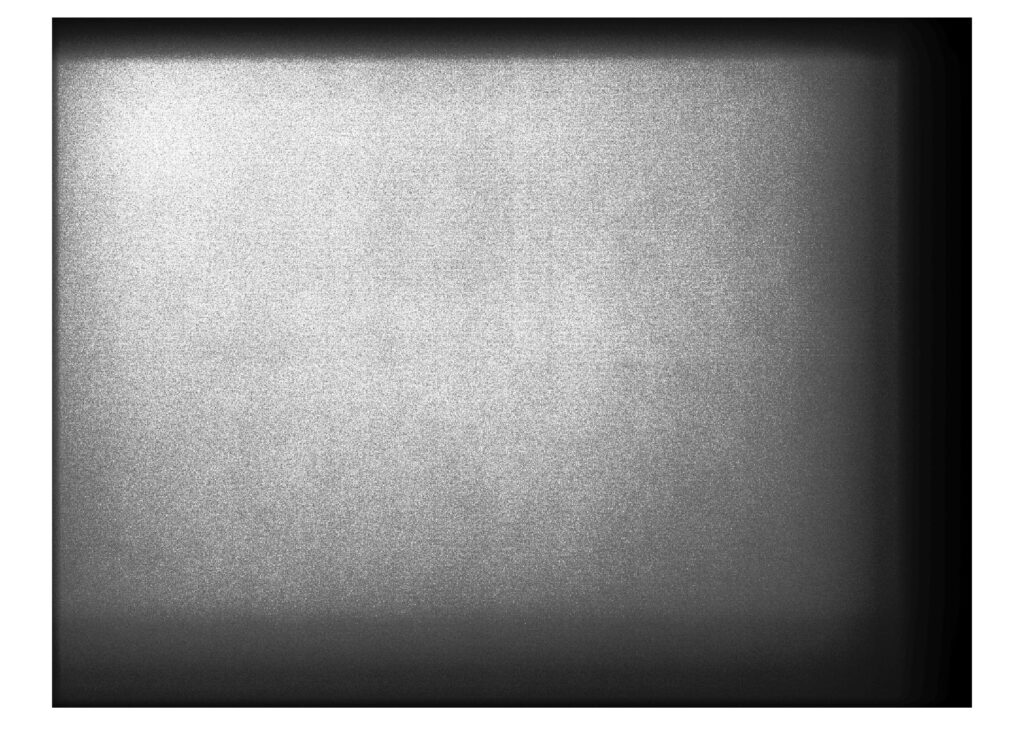
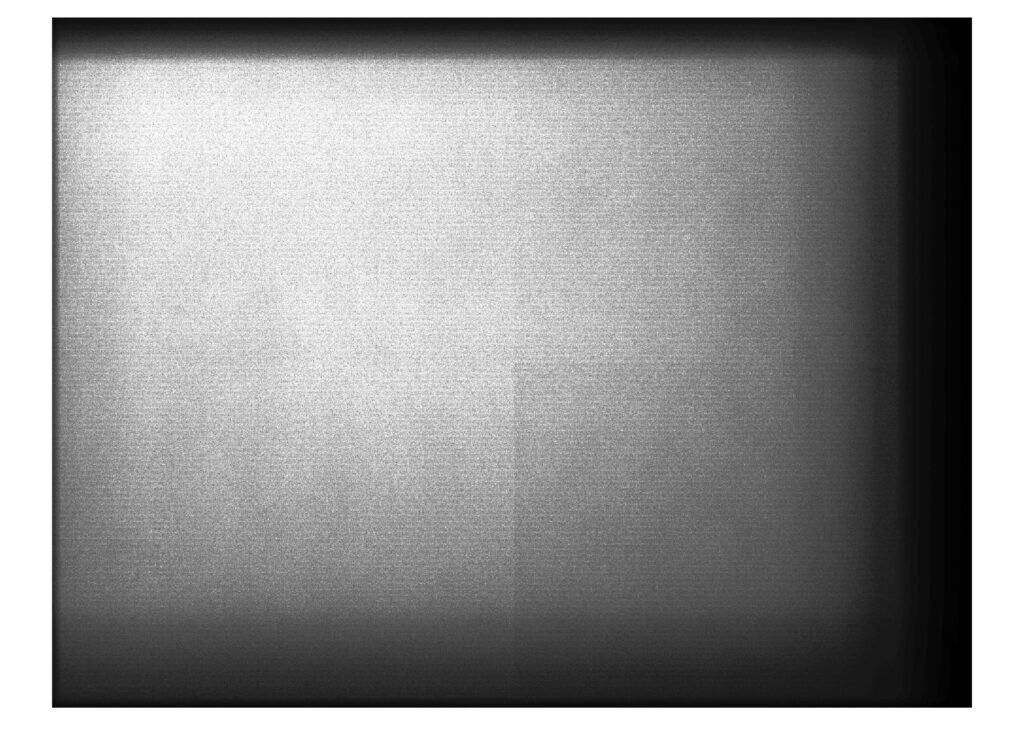
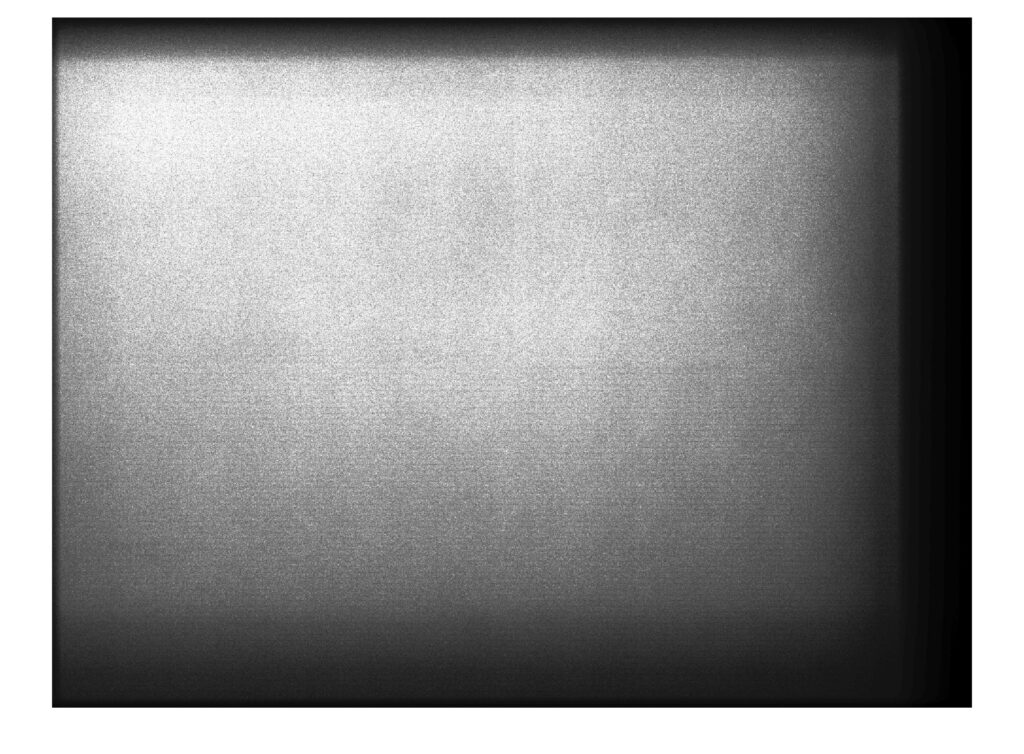
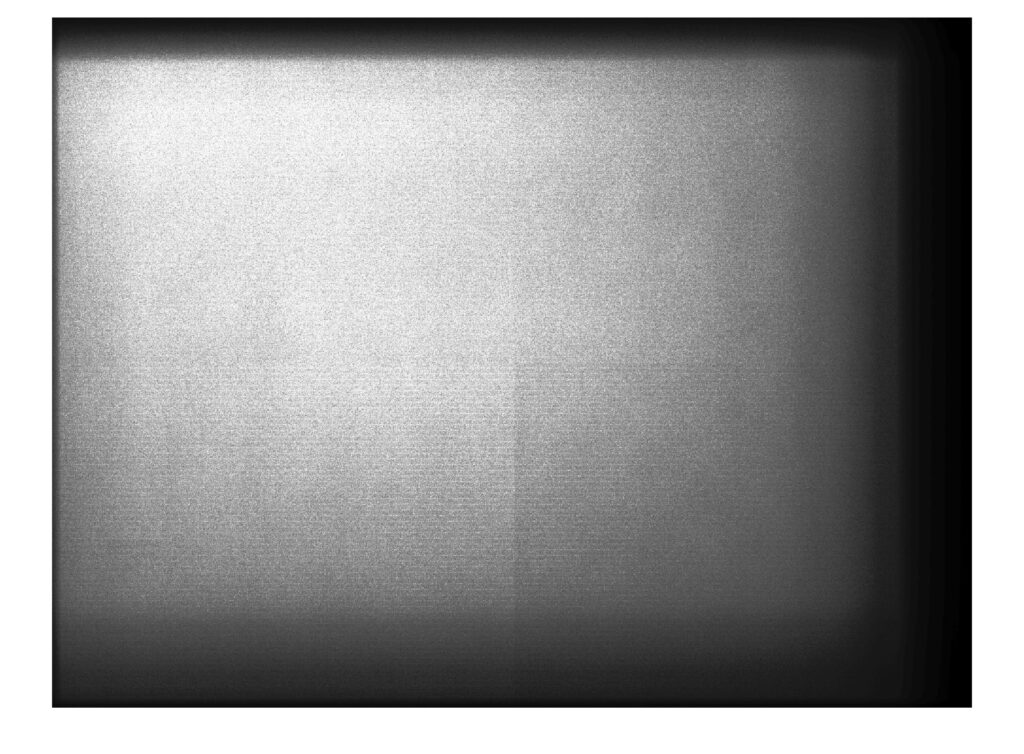
It’s pretty obvious that there are four quadrants with somewhat different characteristics. The PDAF rows are pretty obvious, too.
Here’s the code I used for the above:
I brought all 32 images into Lr, exported them as layers to Ps, and used Ps to average the layers. Here are the R, G, and B planes of the result:
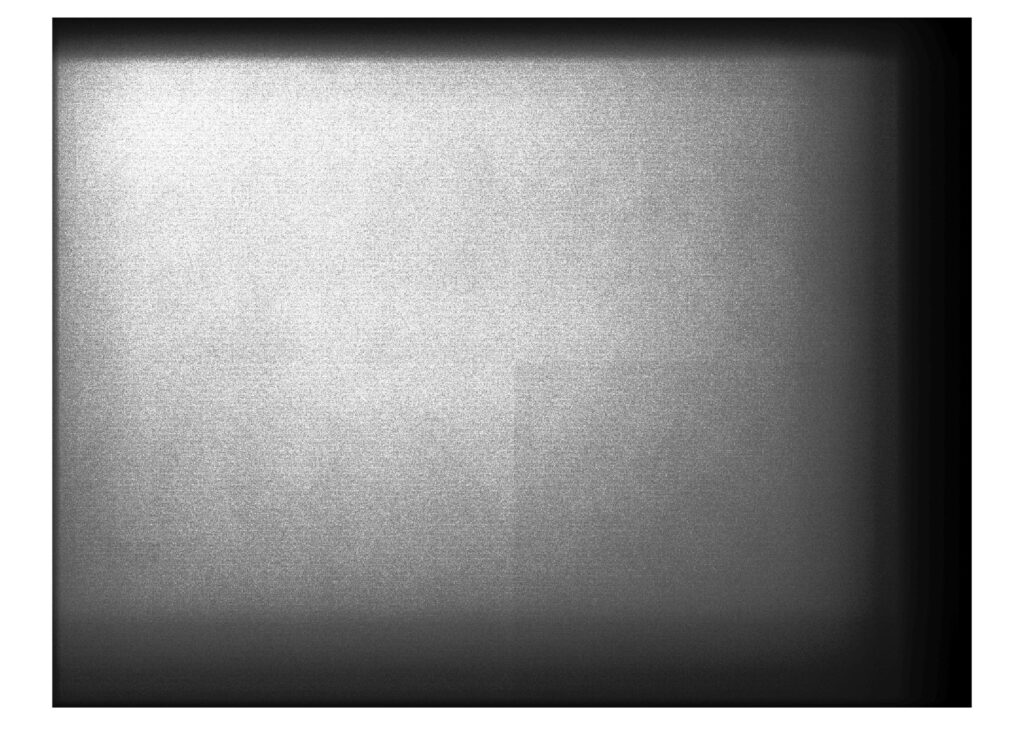
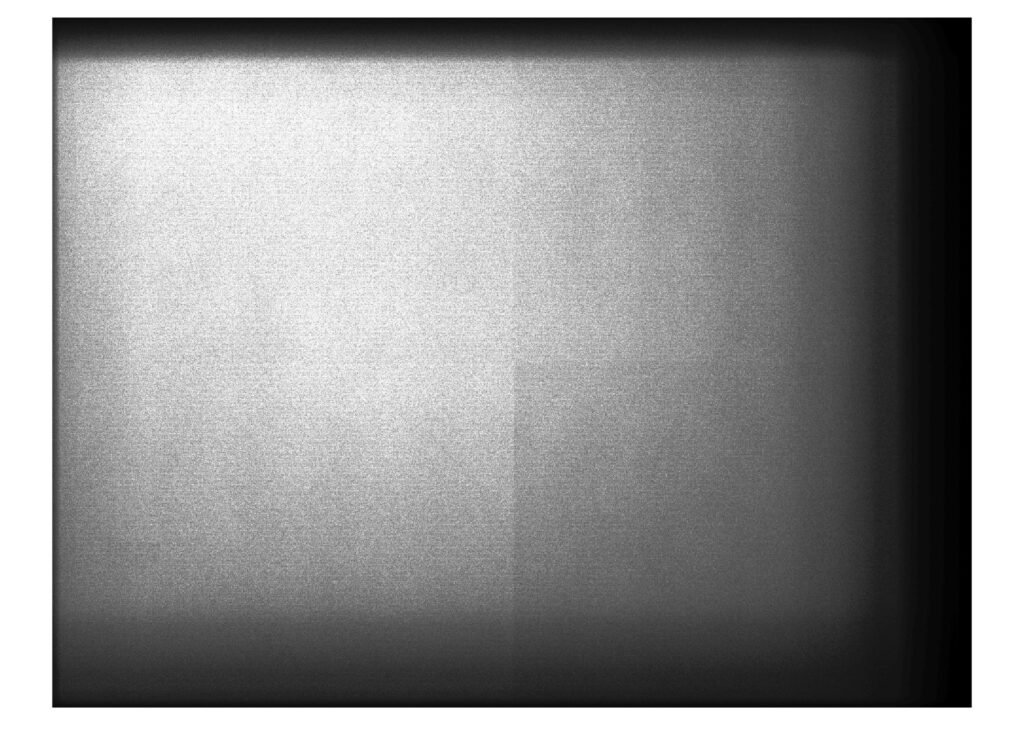
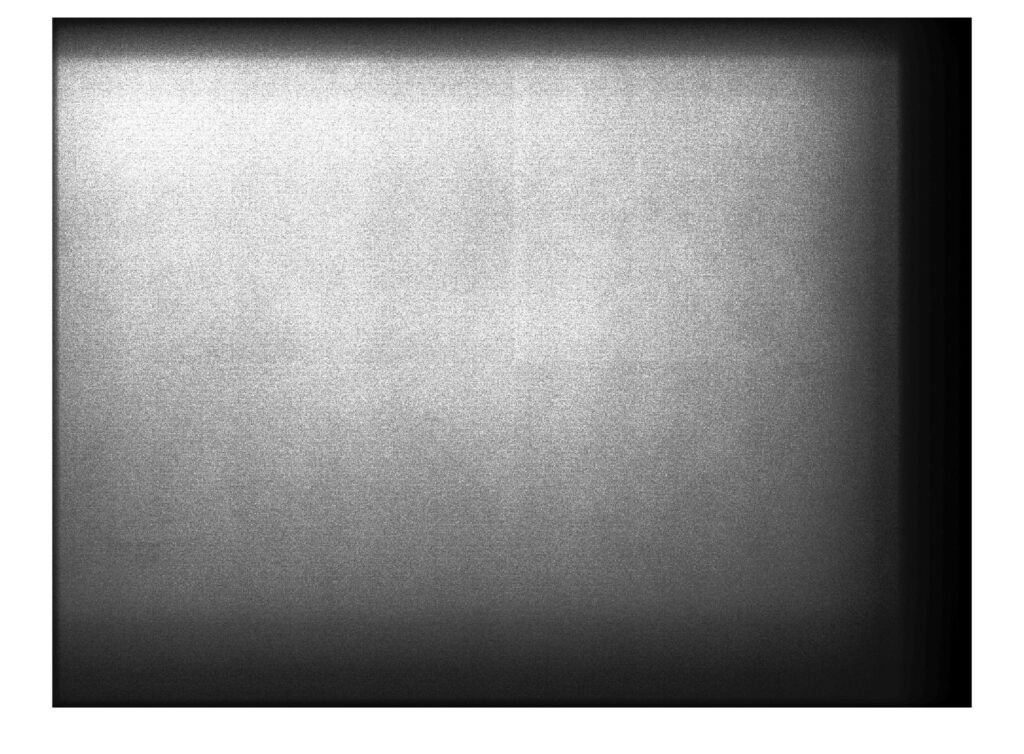
If you aren’t doing stacked astro, I don’t think this is of any concern.
The GFX 50R is stitched the same way.
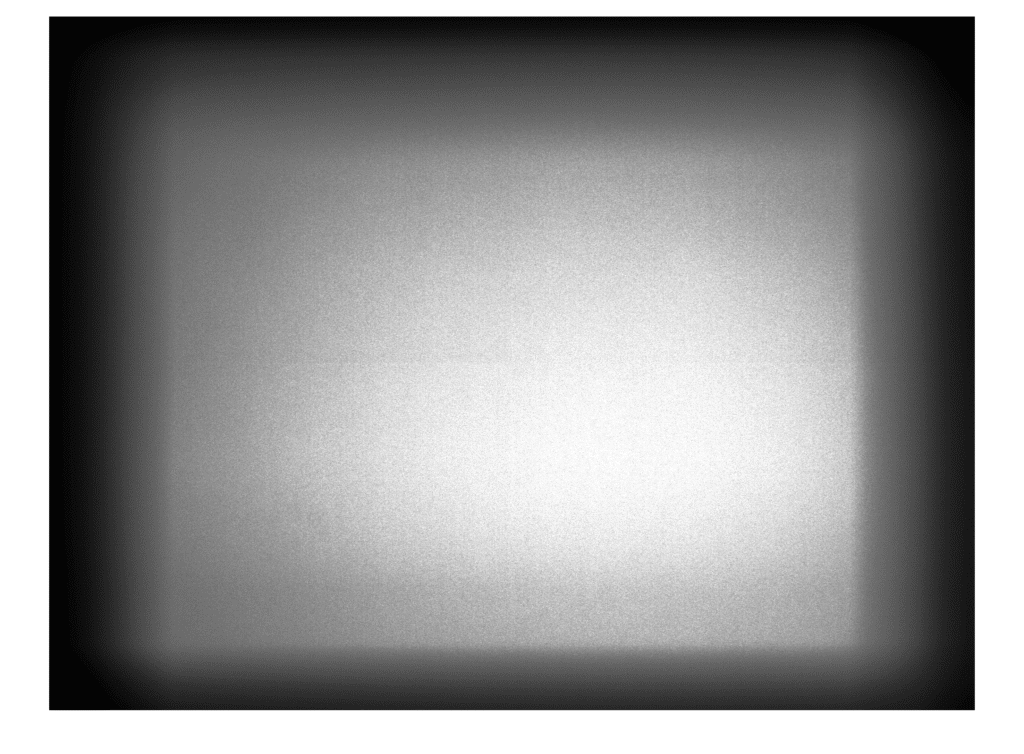
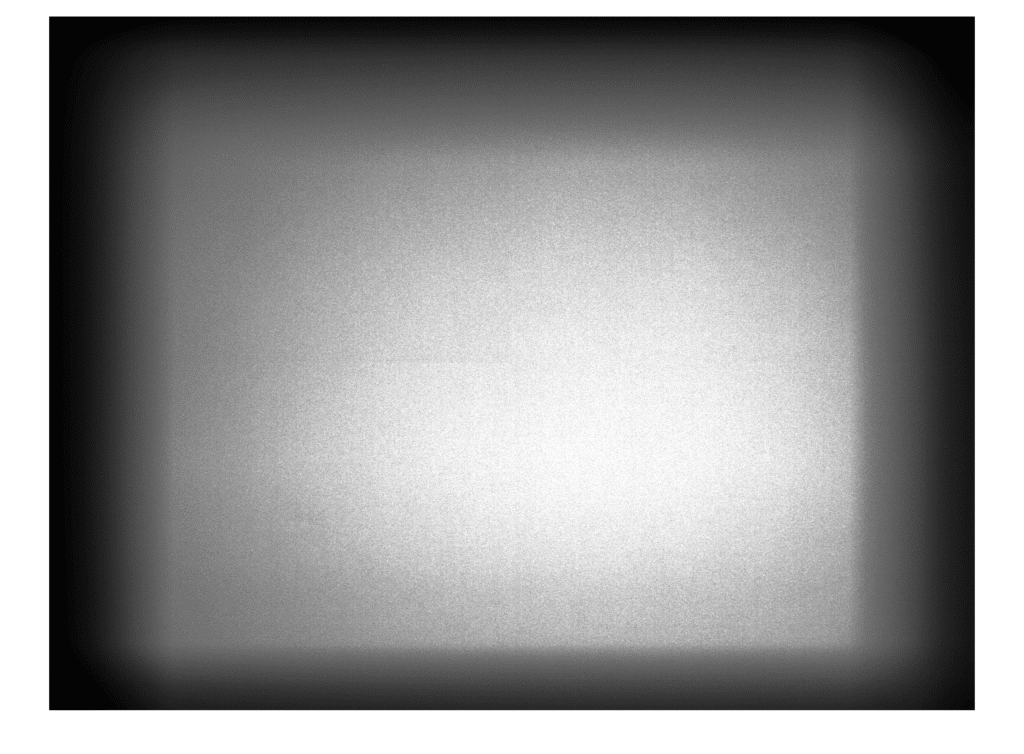
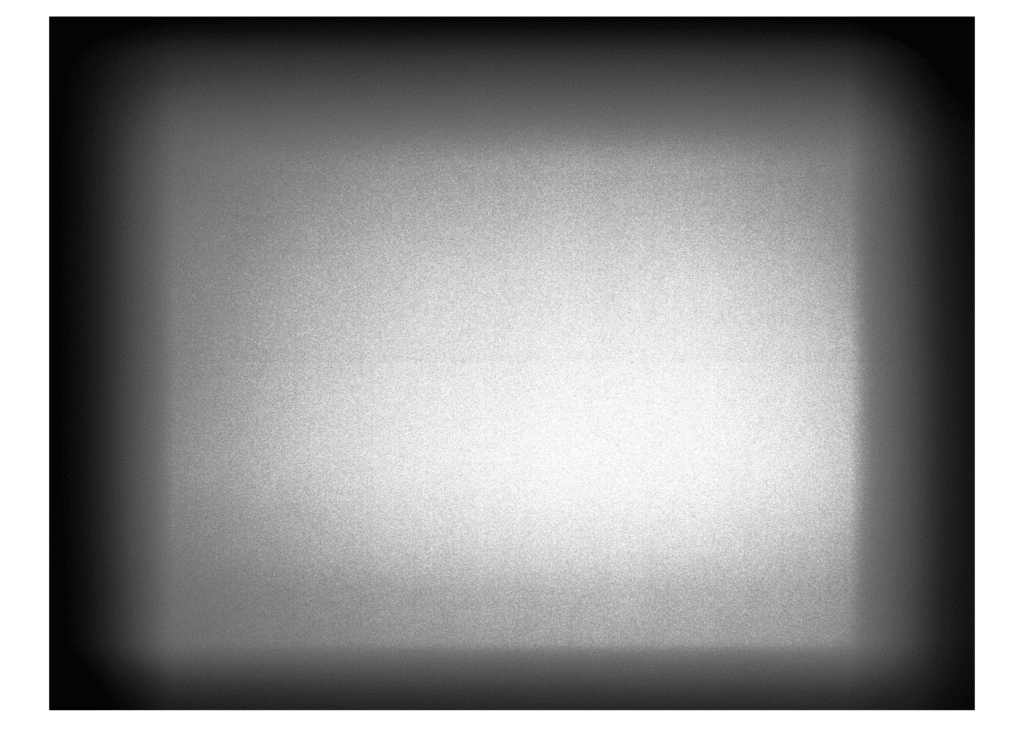
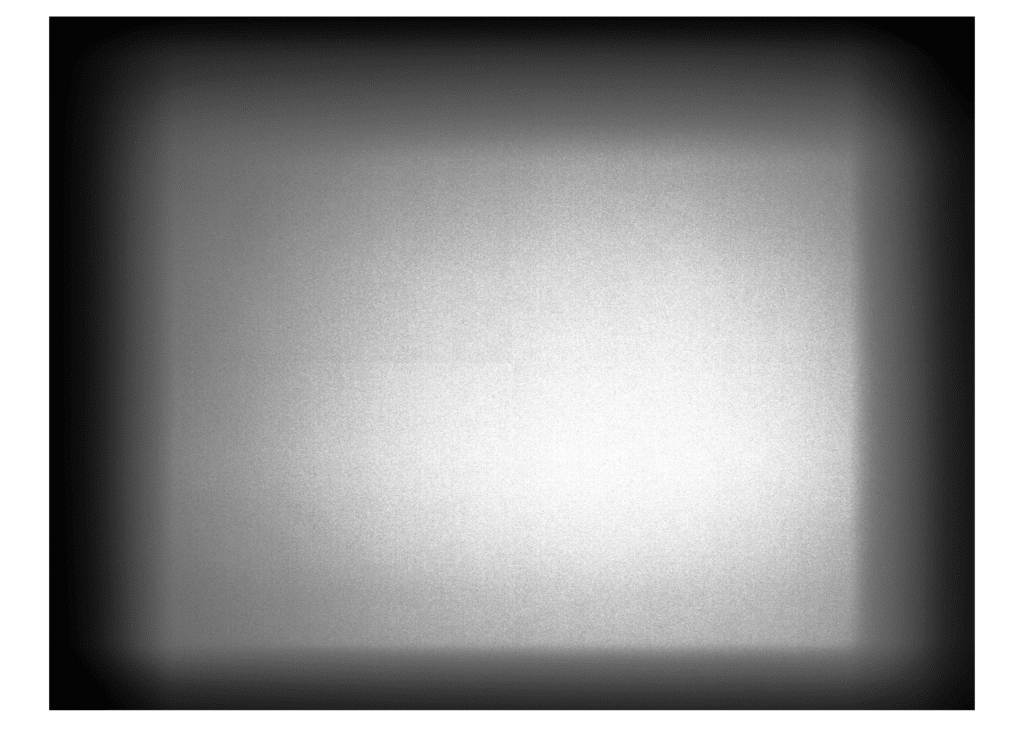

Christer Almqvist says
<>
But it is interesting.
John Leathwick says
And if you are doing stacked astro, a bias frame as widely used in most astro software would presumably deal to it.
JimK says
Right.
Alan Dang says
Any idea of the GFX100 (original) is a similar 4 panel stich and/or if the linearity is better?
How would a Phase One 53×40 look? Maybe 6 panels?
JimK says
The GFX 100 uses the same sensor as the GFX 100S.
I don’t have an IQ4-150 to test.
Chris F says
Something to back this up:
https://www.photonstophotos.net/Charts/Sensor_Heatmaps.htm#mode=58,camera=Fujifilm%20GFX%20100,suffix=16
Edwin Schottstaedt says
so what about the GFX 50s and 50r are they also staked sensors?
JimK says
If you mean stitched, yes.
Morgan says
Very interesting, so this is a bit over my head but I am doing stacked Astro and am curious how this effects the result?
JimK says
You can probably calibrate it out with flat-field correction.